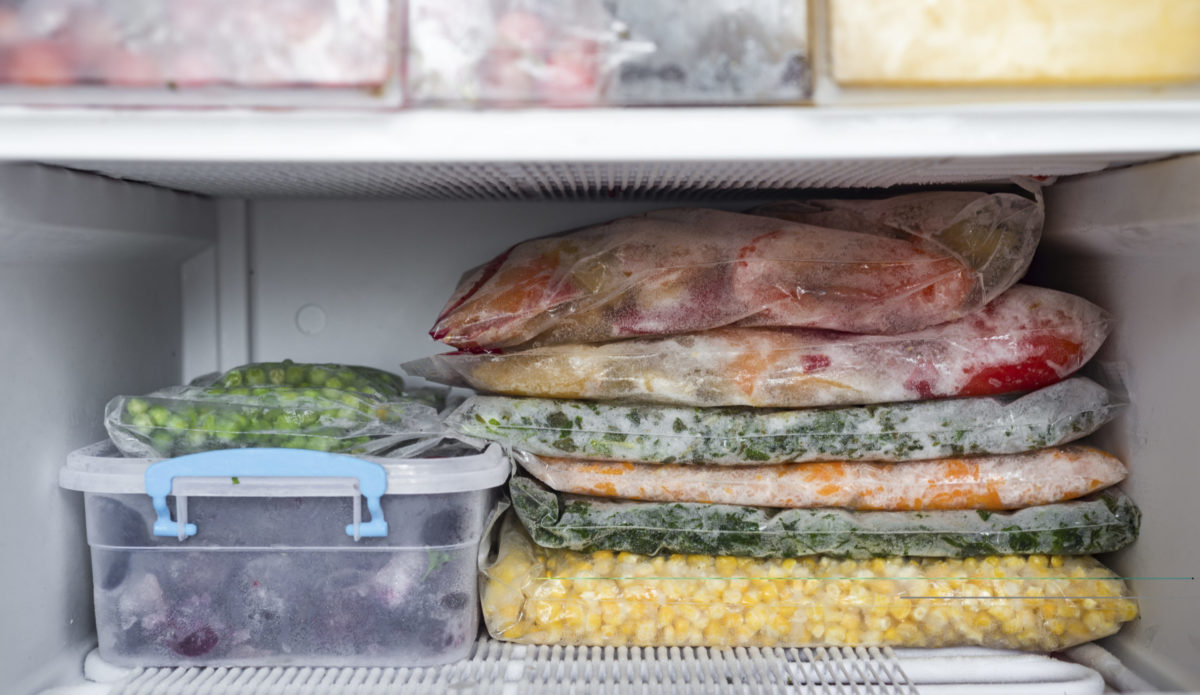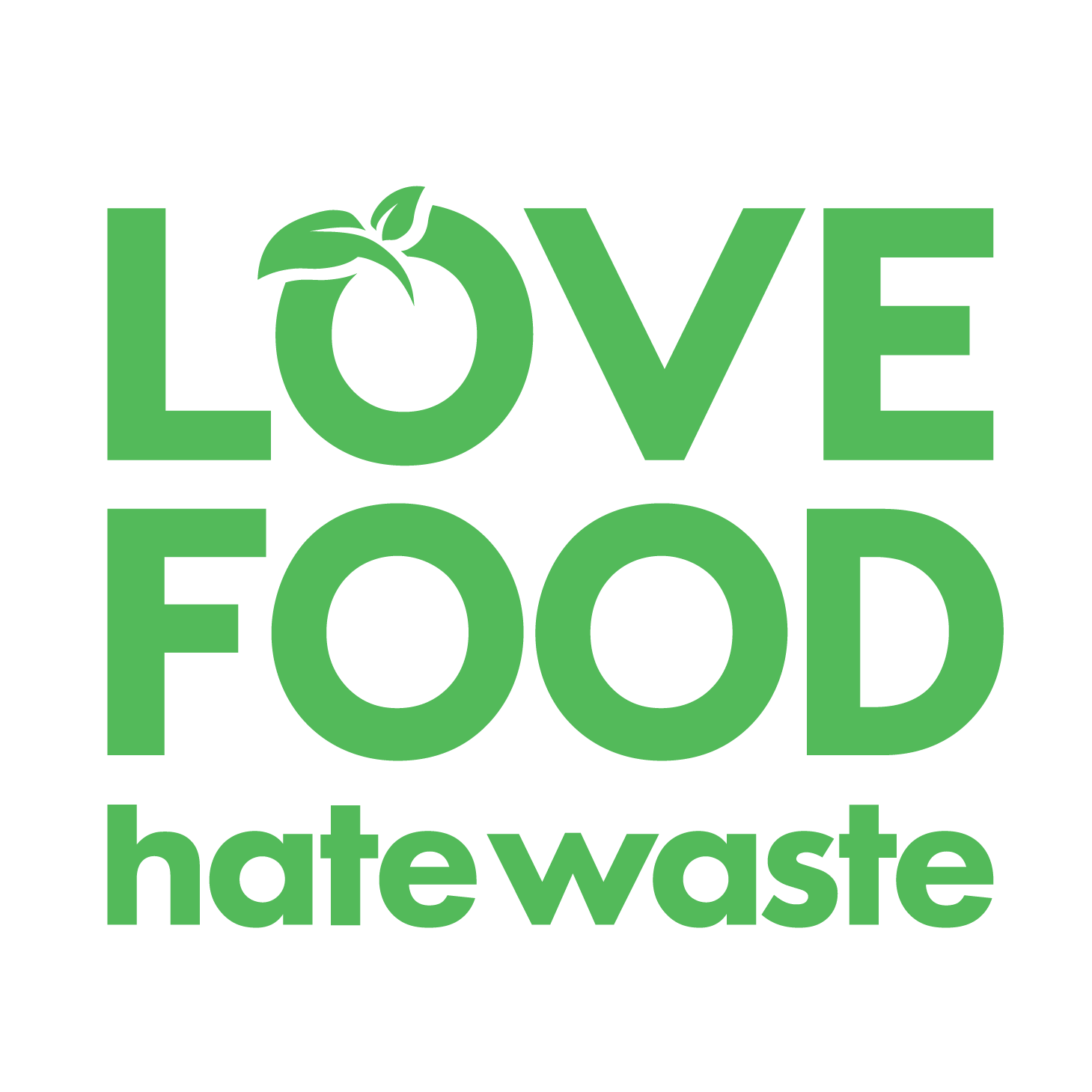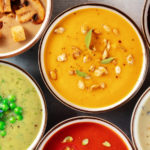10 steps to the best frozen fruits and vegetables
Freezing Seasonal Produce to Reduce Waste

We often think of freezing fruits and vegetables as a summertime activity when there is a bounty of produce available all around. But freezing is a great strategy for preventing food waste and managing surplus fruits and vegetables any time of year.
Right now you likely have more apples and oranges than strawberries and peaches, and more carrots and squash than fresh peas and garden tomatoes. Whatever fruits and veggies you have in your fridge, chances are you can freeze them.
We want to help you do it well so you have long-lasting, high-quality food you’ll look forward to using. Here are some general tips for freezing food followed by specific tips for common winter fruits and vegetables.
General Tips for Long Lasting Frozen Food
For the best taste, colour and overall quality of frozen food, limit the amount of air and moisture your frozen food is exposed to at all times. This will extend the life of your frozen food by reducing ice crystals and freezer burn. Follow these tips:
- Use freezer grade containers/bags that are just big enough to hold the food.
- Remove as much air as possible from packaging when freezing and after each use.
- Remove surface moisture from food before freezing by draining or patting dry.
- Open and close freezers quickly to avoid temperature changes.
- Ensure your freezer stays at the correct temperature -18°C (0°F).
- Freeze food in small quantities for convenience and to promote quicker freezing.
Ten Steps to the Best Frozen Fruits and Vegetables
Freezing fruits and vegetables requires a few simple steps. For most vegetables, blanching is very important to have good quality vegetables that last longer than a couple of months. Fruit does not require blanching, but some do require soaking in lemon water to prevent browning.
- Choose good quality, fresh, ripe produce for the freezer. Eat any bruised or blemished fruits and vegetables right away.
- Wash well.
- Peeling is optional. (If you choose to peel your fruits and vegetables, keep the washed trimmings for soup stock or smoothies.)
- Cut to a size and shape that you prefer using. For example, do you prefer large carrot coins or small diced carrots?
- Keep fruit that browns quickly (apples and pears) in a mix of lemon juice and water while prepping. Use one tablespoon lemon juice for every cup of water.
- Blanch vegetables (boil in water) for the recommended time (see chart below) to destroy aging enzymes and keep your frozen vegetables tasty, bright, and full of nutrients. Fruit does not need to be blanched.
- Remove as much surface moisture as possible – strain, use a salad spinner, let air dry, or pat dry with a clean dish towel.
- For free-flowing fruits and vegetables, lay on a baking sheet in a single layer and freeze for two hours. Once frozen, transfer to a tight-fitting container or freezer bag.
- Remove as much air as possible.
- Label and freeze.
Use within a year for best flavour and texture.
Every fruit and vegetable is unique and has special considerations in order to get the best quality frozen product. Here’s what you need to know for freezing common winter fruits and vegetables.
Freezing Common Winter Fruit |
|
|---|---|
| Fall/Winter Fruit | Freezing/Thawing Tips |
| Apples (sliced or diced) | Texture will change, best for baking or smoothies. Freeze raw, dip in a mixture of 1 tbsp lemon juice and 1 cup water to prevent browning. Do not thaw for baking unless specified. |
| Citrus (lemons, limes, oranges, grapefruit) Whole Sliced/Quartered with Peel Peeled & Segmented |
Frozen citrus will not hold its shape and the white pith becomes more bitter. Whole citrus or pieces without the peel are excellent for juicing or blending into smoothies. Frozen slices with peels can be added to beverages. Zest before thawing, squeeze for juice after thawing. |
| Cranberries | Freeze on tray first, no treatment needed. Use just like fresh, do not thaw unless specified. |
| Pears | Freeze raw, dip in a mixture of 1 tbsp lemon juice and 1 cup water to prevent browning. Do not thaw for baking unless specified. |
| Pomegranates | Freeze seeds on tray first, no treatment needed. Use just like fresh, no need to thaw. |
Freezing Common Winter Vegetables |
|
|---|---|
| Fall/Winter Vegetables | Blanching Time/Freezing Tips |
| Beets (cubed or sliced) | Cook fully |
| Brussels Sprouts | 3 minutes |
| Cabbage (shredded) | 1 ½ minutes |
| Carrots Small, whole Diced/sliced |
5 minutes 2-3 minutes (thin-thick) |
| Onions (sliced or diced) | No need to blanch, but use within 2 months |
| Potatoes – raw or cooked | POTATOES DO NOT FREEZE WELL. Store in cool, dark, dry space. |
| Sweet Potatoes | Cook fully |
| Turnips (diced) | 2 minutes |
| Winter Squash/Pumpkins Raw cubes Cooked puree |
No need to blanch Cook fully |
Looking for other ways to store or preserve fruits and vegetables? Use our Food Storage A to Z guide.
Do You Freeze Fruits and Vegetables?
Is freezing a method you use to manage extra fruits and vegetables? How do you like to use your frozen fruits and veggies? Share your favourite ways to enjoy frozen fruits and vegetables with us on Instagram at @lovefoodhatewasteca.


